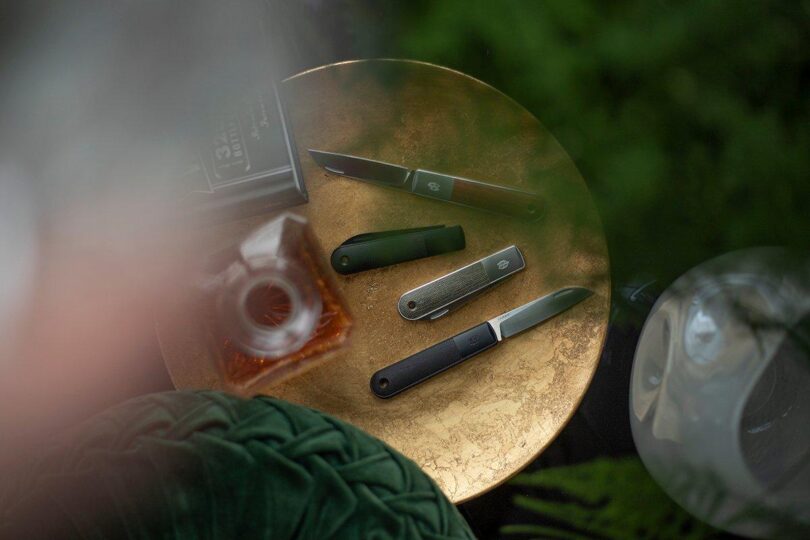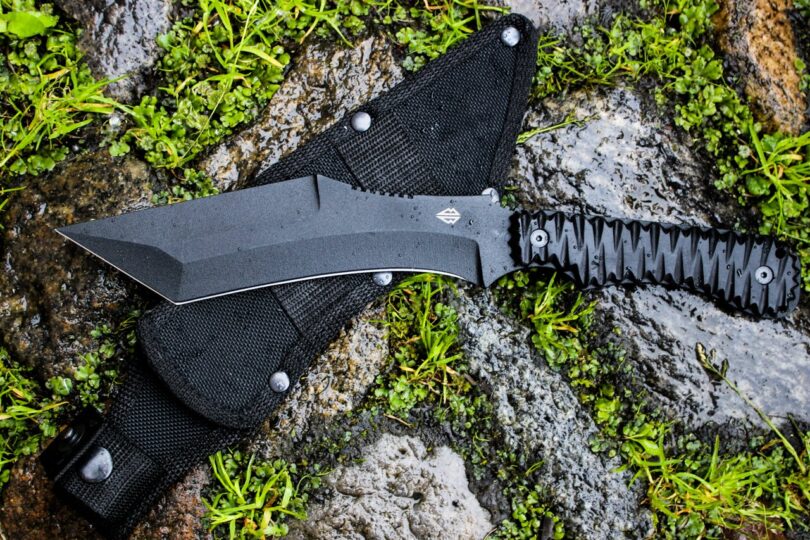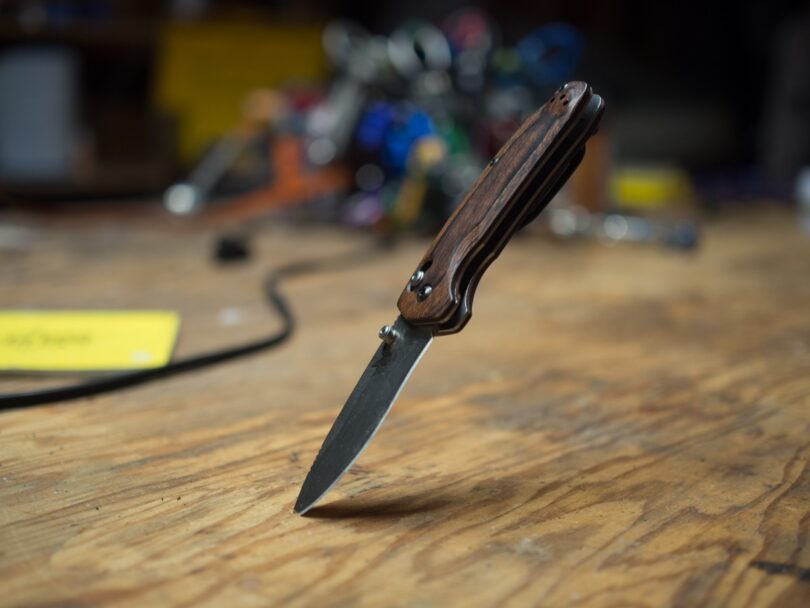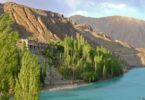One will witness that one of the most frequently utilized tools in outdoor shows is the survival knife. The finest knife might not be one you can carry openly, but there are plenty of excellent, resilient, and practical blades available right now. Make sure to understand what a survival knife is and how to find one that suits the individual demands before going for wilderness and bushcraft trips.
One of the priceless items in any outdoor situation is a knife. The appropriate knife can be a savior, whether frequently finding oneself in tricky situations or preferring peace of mind while exploring, from fishing to hiking. This article demonstrates a few criterias to consider while picking a knife from an online knife shop such as bluecreekknives.com to carry in the outdoors.
Objective Of Using The Knife

Source: pinterest.com
As with every knife purchase, one must determine the preferences for knives and how to utilize them. One should choose the knife that best suits one’s requirements. A knife that one is most at ease using will keep the person safe and help to achieve the objectives in the wilderness.
While specific knives are more suited for making fires and small butchering games, others are more suitable for bushcraft and blazing new trails. In survival scenarios, a fixed-blade knife is typically more dependable than a folding knife. Picking a knife is primarily based on the intended purpose for it.
Choosing the Right Steel
The second component of this is knowing what type of materials one requires for the job. Creating a fishing pole or cutting paracord requires a steel knife that retains an edge far better than low quality steel. In contrast, batoning wood for a bonfire necessitates a sturdy blade with steel that can survive severe impacts. Blade steel should be simple to maintain and withstand different air conditions in both scenarios.
The appropriate steel can work wonders, whether the knife is used for self-defense or camp activities. Survival knives should generally be powerful but forgiving means it can withstand heavy use while being simple to maintain.
Material Of The Knife’s Handle
Not every handle is the same. A few are cozier, more effective in specific situations, and better adapted for outdoors as compared to others. The material to choose for the handle is just as crucial as the steel to select for the blade. Choose the material that is sturdy enough for the work to accomplish and optimal for the environment.
It should comfortably fit in one’s hand and offers a firm grip. Polymer and rubber materials, which won’t swell or distort in wet situations, are fantastic, although they can be slippery. Handles made of G-10, micarta, wood or leather offer good grip but struggle in moist environments.
Shape And Edge Of The Handle

Source: youtube.com
A knife’s blade form and edge profile determine how good it is. The knife will be used for several activities, such as preparing food and creating a shelter. A decent all-purpose knife has a blade built for any situation. Despite their size and bulk, some knives can be highly effective for small tasks. The key is selecting a blade with the thickness and grind necessary to do the tasks.
Fixed Or Folding Knife
The purpose one will use it for and how one will carry it are two critical factors in deciding whether to have a fixed or a folding blade.
A foldable blade will do just fine when traveling lightly, and don’t plan to conduct bushcrafting or major fire making. An excellent folding pocket knife can complete all the jobs required when traveling. One will always have the knife because it can be folded and carried in the pocket.
Despite this, a fixed blade is frequently superior when more force is required to cut and chop rigid materials. Fixed blades are typically more durable and more straightforward to maintain. A fixed-blade knife’s issue is that it must be sheathed while carried, which means it may interfere with one’s waist belt or bag and must be taken out if it does.
Weight And Size Of The Knife
Carrying a big backpack for days in an unfavorable circumstance is one of the most taxing things. One’s mood and energy levels when traveling can be significantly impacted by the weight of the backpack one carries. Finding a knife that is both functional for the conditions one may face and something one can move and use with ease is crucial.
A knife’s size significantly impacts the task one is doing, and its weight can impact both its performance and portability. It’s crucial to pick a knife that helps in balancing the user’s energy consumption and workload needs, regardless of how one decides to use it.
Options To Carry The Knife
Similar in size and weight, one can carry a knife in various ways. It’s crucial to decide how to carry and where to keep. Because it is portable and straightforward to use when required, a neck knife can offer added security during the journey. However, such tools are less useful when building a fire or shelter because they are so tiny. Other, more typical scenarios would benefit more from a pack-carry or hip cover configuration.
Most larger knives have a polymer or leather covering that may be mounted and carried differently. Several sheath alternatives allow users to install fire steel or any equipment when required.
Ergonomics Of The Knife

Source: freepik.com
Ergonomics are essential for a traveler who relies on their knives for as long as they are away from the ease of having the correct equipment available. While purchasing a knife, most people need to pay more attention to ergonomics. The handle of the best knife for hiking or fishing should allow for a secure and comfortable grip. Good ergonomics are vital to reduce the danger of damage while using the camping knife.
Conclusion
There is no specific type of knife that will be ideal in all survival situations because diverse circumstances require different requirements. It’s crucial to purchase a knife that can be used for different jobs in challenging situations. One should take into account the location one anticipates being in and the likely duties one will be carrying out while selecting the ideal survival knife for that particular situation.







